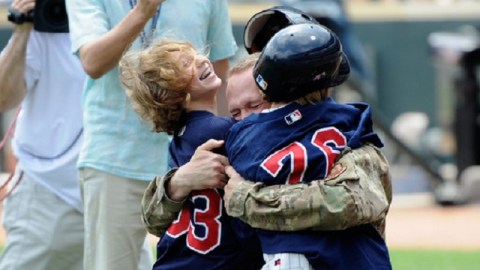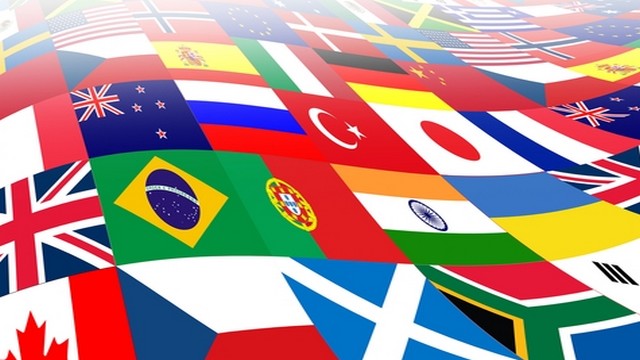Remembering Memorial Day in Pictures

Ironically, America as a nation seems to have forgotten exactly what Memorial Day is about. Barbeques, all-day sales, the “official” start of summer—all of these threaten to crowd out the parades, the memorials, and, worst of all, the people. How we picture Memorial Day says a lot about us as a culture and perhaps even more about where that culture is going.
I’m part of the post-Vietnam generation that a majority of which has never served in uniform for our country. This coming election will be the first in the 20th century in which neither candidate ever served either. The current conflicts in Iraq and Afghanistan exist half a world away but feel much farther emotionally, psychologically, and intellectually for those of us who aren’t directly involved or love someone who is. Rachel Maddow’s Drift: The Unmooring of American Military Power cuts to the heart of just how isolated those in the military have become from mainstream Americans, along with chronicling just how the idea of the citizen-soldier has died since the end of World War II.
I’m here on this Earth, however, thanks to the military. My father joined the peacetime (aka, Cold War) army in the mid 1950s to learn the new field of computers. A kid from North Philadelphia suddenly found himself stationed in Alaska. He befriended a guy in his unit from New Jersey who had a speech impediment. That guy from Jersey had a sister. When the two friends returned home, my uncle introduced my father to the young woman who became my mother. My mother was the youngest of six kids—three of whom were much older brothers who fought in World War II. My parents knew what it was to have someone from their life in uniform, as did most people of that time.
Much of the way I picture war—“memorialize” it a la Memorial Day—comes from history books and, thanks to my father, war movies. Joe Rosenthal’s photograph Raising the Flag on Iwo Jima depicting six men raise the American flag on Mount Suribachi doesn’t never felt like a still photo to me, and still doesn’t. I remember my 9-year-old self sitting in a movie theater munching popcorn beside my father watching Charlton Heston, Henry Fonda, and a cast of thousands in Midway and jumping at every Sensurround-enhanced explosion. The sad thread that runs through all of these memories is that they are of the past and, too often, the distant past. Memorial Day began as “Decoration Day,” when people would mark the day by decorating the graves of fallen Civil War soldiers, but what we need now is not to remember the past as much as remember the present.
The perfect picture for this year’s Memorial Day (shown above) happened on Sunday in Minnesota. When sisters Annie and Alex Buresh rounded third base before the Twins game, they saw a huge surprise blocking home plate—their father, Master Sergeant Robert Buresh, returned from Afghanistan after 5 months away in his sixth career deployment. The girls’ mother had arranged the whole surprise with the team. Buresh fell to his knees and wrapped the two girls up in his arms as 38,710 people stood and applauded. The girls never reached home, but that moment brought the human reality of war home to the people watching in the stands. Memorial Day is about the dead, but we must also remember that it’s about the living, too.





